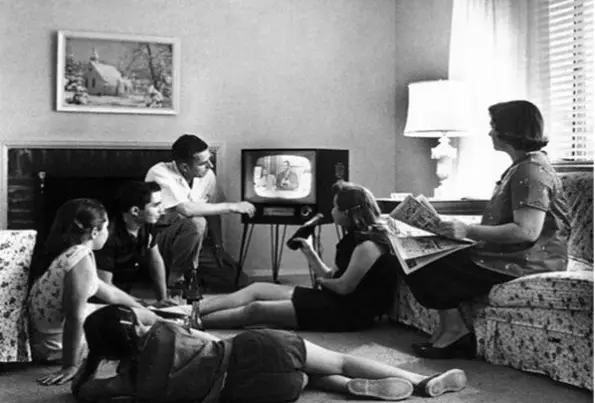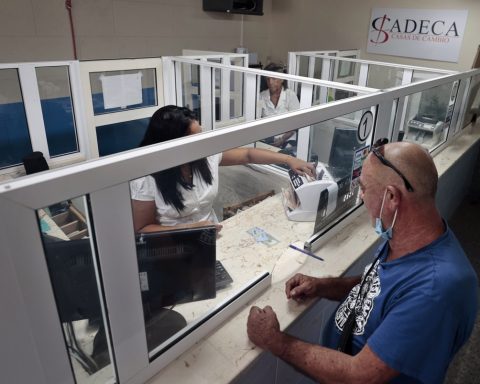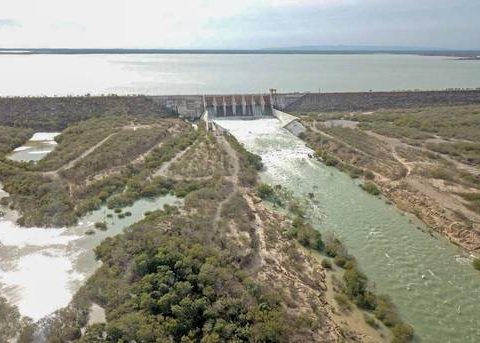Mexico City, Mexico.-It all started in New York, United States. The year was 1946 and the publicist Julio Vega was in the famous city with his wife María de los Ángeles Santana, the famous Cuban actress, when they learned of a new discovery: television. Its impact was such that as soon as Vega returned to Havana he wanted to introduce it to the island.
Four years later, on October 24, 1950, television finally arrived in Cuba. With a remote control they transmitted from the Presidential Palace —now the Museum of the Cuban Revolution.
Eugenio Antonio Pedraza Ginori, better known as Yin, prestigious writer and program director for 30 years on Cuban TV, ensureeither that for this occasion Gaspar Pumarejo fitted out two sets, one of them in “the garden and took the name of Estudio al fresco. The television station began to operate with three cameras that rotated continuously through all the productions, whether they were in studios or outdoors. Among the first broadcasts were the baseball games from the Estadio del Cerro and some shows performed in rented theaters, which were combined with a small number of musical, humorous and commercial programs produced indoors.
Thus, our country was the third in Latin America to have a television channel. Less than two months later, on December 18, the Goar brothers and Abel Mestre opened CMQ Television, Channel 6, the second available frequency. From then on, channels continued to emerge that competed with each other for the preference of the audience.
“On March 19, 1958, when Channel 12 was inaugurated, Pumarejo met a new challenge: to introduce color television on the Island. For this company, it received financing and official support from Fulgencio Batista, who was interested in boosting his competitors enemies, the Mestre brothers. As is known, although Pumarejo appeared as the owner of the new television station, the real owner was the then President. With the realization of this endeavor, Pumarejo once again got ahead of his tenacious and best-supported competitor, Goar Mestre. By the way, Cuba was the first country in Latin America, and the second in the world, after the United States, to introduce color television,” says the expert producer.
Although television began in Havana, little by little it spread. By 1952, of nine Latin American cities with television, five were Cuban.
At the triumph of the Cuban Revolution, there were almost 20 active television channels in the country. Later we already know what came: Cubavisión, Tele Rebelde and educational channels.















